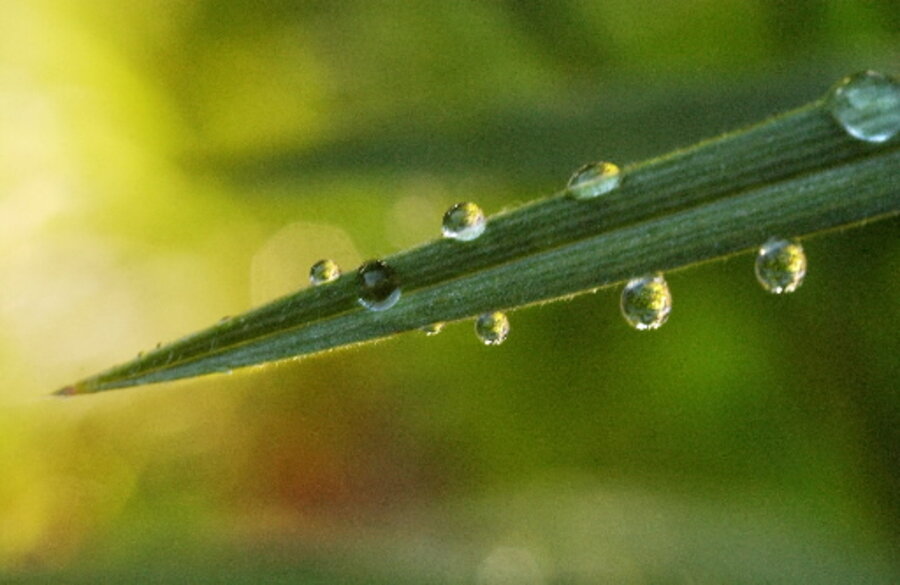Why plants are smarter than us
Loading...
Comparing someone’s intellect to that of a potted plant is no longer such an insult.
Scientists at the John Innes Centre, a British research institute that focuses on plants and microbiology, found that plants must do complex arithmetic to calculate the amount of food needed to get them through the long, dark night.
"This is the first concrete example in a fundamental biological process of such a sophisticated arithmetic calculation," said a JIC mathematical modeler, Martin Howard.
The new research, published in eLife, reports that mechanisms in plants’ leaves estimate the size of the plant’s starch store and the length of time before the sun rises and energy again becomes available. In daylight, plants use the sun’s energy to convert carbon dioxide and water into sugars and starches. Based on that information, the plant’s leaves appropriately adjust their rate of starch consumption to avoid starving before the sun comes up, but without being wasteful and harboring too much starch. At the end of the night, the plants project to have used 95 percent of their starch.
The precise calculations account for variations in daylight and accumulated starch stores.
“The calculations are precise so that plants prevent starvation but also make the most efficient use of their food,” said JIC metabolic biologist Alison Smith. “If the starch store is used too fast, plants will starve and stop growing during the night. If the store is used too slowly, some of it will be wasted.”
Scientists proposed that information about the size of the starch store and nighttime-length is encoded in the concentrations of two kinds of molecules in the plant. The scientists have called those molecules S for starch and T for time. The S molecules stimulate starch consumption, and the T molecules inhibit that consumption, so the rate of starch consumption comes out to the ratio of S molecules to T molecules – or S/T.
Scientists believe that further study of how plants regulate their starch consumption could give insights into more productive farming techniques.
"The capacity to perform arithmetic calculation is vital for plant growth and productivity," said Smith. "Understanding how plants continue to grow in the dark could help unlock new ways to boost crop yield."
So when faced with a tricky math problem, go ahead: vegetate.








